When companies need leaders, should they look outward or inward?
Although most know that an internal hire would be cheaper than an external pick, some executives might think that someone from outside the organization would be a silver bullet. In reality, that “silver” bullet is actually diamond-crusted or platinum.
The key is to consider the comprehensive breakdown of all the costs of hiring someone from the outside versus focusing on leadership development for team members with potential.
It might seem logical at face value to hire an outside candidate with all the skills you need rather than invest $5,000 or $10,000 to develop those skills in a current employee. However, getting the right individual in the seat might require more than $100,000 or even $200,000 — a price far higher than that associated with development courses, workshops, classes, or mentoring.
Why such a large figure? Let’s dig in to find out.
The Price of an Outside Hire
First, you can’t expect to hire someone a tiny bit better than your leading performers. You need to get someone who has an impressive résumé and track record. Otherwise, your key people will wonder why you didn’t just promote them.
At best, they’ll be disgruntled because you picked someone they will likely have to train. At worst, they’ll leave, taking with them the skills you have helped them build — or even loyal colleagues.
With that in mind, you’ll have to look for someone already making a salary 30 to 50 percent higher than your top employees. So if your best internal candidate makes $100,000, you’ll want to seek out a candidate currently making about $150,000. Once you find that ringer, you’ll have to convince him or her to join your organization by adding at least 20 percent to that number, upping your base cost to about $180,000 a year.
The money doesn’t stop there, though: Superstars might negotiate for more, such as expecting a salary of at least $200,000 to switch employers. When your new individual finally comes aboard, you’ll have to wait six to 12 month for full contributions. During that time, you’ll get minimal value out of your investment.
And when your leader is finally immersed in your culture, what are the chances of his or her success? According to research published in Harvard Business Review, nearly half of leaders who are hired externally fail within 18 months of being hired.
In other words, immediately looking externally is akin to playing the slots in Vegas. You’re running a serious risk that could backfire in terms of hurting your workplace culture and morale.
The Benefits of Internal Development
On the other hand, you could take a fragment of the hundreds of thousands you would spend on a single external hire and transform at least one of your high performers. Not only would you save money, but you would be able to assert a claim that you invest in your team.
Of course, not every investment will pan out. You may spend $20,000 a year on someone and still have to look elsewhere when push comes to shove. However, you would be able to say to your team member, “I’m sorry. You just haven’t grown because the company is scaling too quickly. We had to choose someone else for the responsibility for the benefit of the business.” That’s a far different conversation from one that begins, “We didn’t think you were ready and instead of trying to help you, we just used a recruiter to find someone stronger.”
No magic pill exists to ensure that your leaders will be successful or will stick around. If you take a few initial steps, you can improve the odds that at least some of your strongest team members will be worth your time and efforts when positions become available.
The first step is to run any individual you put on the leadership track through a leadership assessment. Usually, assessments cost between $1,000 and $2,000. Your goal isn’t to evaluate your employee cognitively, but to uncover his or her lacking attributes to form an objective basis for growth potential. For instance, some people’s assessments will show they need so much work that the investment might not be worth it. Others’ assessments will reveal only a few skills they need to hone in order to be ready for the proverbial corner office.
From the assessment evaluation, you can then craft a clear framework to understand where your top players are strongest and weakest. It’s a much smarter way to strategically ready your company for the future.
In reality, hiring externally is a costly venture with high stakes. Unless you’re ready to gamble everything, consider using my free leadership assessment with stellar people on your payroll to help create a roadmap for the skills they need to develop.
You might be surprised to discover that your next generation of executives is already in the fold.
Tags: ceo coach, leadership, employee engagement

